Special exhibition DIGITAL CULTURE under the patronage of the Director of Education
and Culture of the Canton of Berne, Cantonal Councillor Christine Häsler
FACING HISTORY - Cultural history in dialogue
2019 - 2021
Collection of Classical Antiquities at the University of Bern
The exhibition conveys cultural history in a new and unconventional form. Interactive video projections bring the Greek and Roman sculptures in the Collection of Classical Antiquities to life. Digital tools such as speech recognition, facial expression recognition and emotion analysis enable direct conversation with the statues and busts of Greek and Roman antiquity. They converse with visitors to the exhibition and interact with each other. With a team of actors, interactively retrievable video sequences were recorded and projected onto the sculptures in a mapping process. In this way, they give the ancient sculptures a voice, a facial expression and a contemporary language. Thanks to digital speech recognition, visitors to the exhibition can address the sculptures directly and ask them questions. In their answers, the talking statues explain their historical background or their significance in Greek mythology. But they also take a stand on current social, political and cultural issues.
The concept was developed by the two media artists Frantiček Klossner and Marc-André Gasser and initially implemented as a pilot project for the University of Bern's collection of antiquities. In collaboration with the archaeologists Elena Mango, Josy Luginbühl and Cinzia Marti as well as a team of actors, make-up artists, illustrators, draftsmen and programmers, a very unconventional exhibition was created.
The interdisciplinary pilot project was awarded a prize by the Office of Culture of the Canton of Bern as part of the KULTUR.DIGITAL innovation competition and funded with a grant. With the competition, the Canton of Bern supports outstanding projects that enable broad and low-threshold access to culture, demonstrate new ways of engaging with culture, and open up new perspectives on digital cultural education.
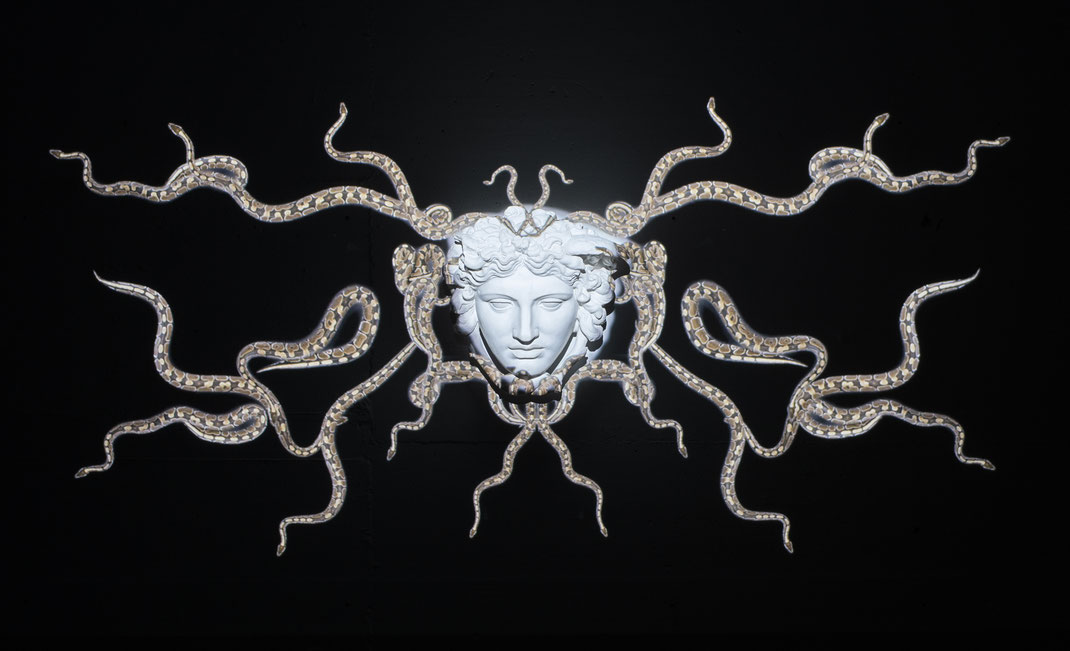
Cultural Diversity
The focus of the exhibition theme is the examination of the history of one's own culture and mentality. Starting from historical points of reference such as Greek mythology or ancient philosophy, the exhibition conveys current topics of the present in a total of 12 video installations: cultural diversity, social change, equality and gender issues, intercultural competence, coming of age and cultural responsibility towards oneself and society.
Educational project
With this special exhibition, the new multicultural generation is specifically inspired by its past for a common future. Based on European cultural history, different world views, opinions and orientation patterns are questioned and reflected upon. The exhibition conveys these themes as well as questions of digitalization and the accompanying social change. Digital change and its effects on our daily lives can be directly perceived in a natural way. New technologies can be tested and reflected upon in a playful dialog. In an educationally attractive way, the critical view of the media is sharpened and media competence is promoted.
New ways of cultural education
The transdisciplinary interplay of the humanities, video art, drama, archaeology, philosophy, interactive theater forms and the latest digital technologies has resulted in an extremely lively and unconventional exhibition. The project opens up completely new ways of digital cultural mediation and shows innovative perspectives on the use of interactive media in museums. The unconventional use of Speech Recognition, Dynamic Video Mapping, Facial Expression Detection and Emotion Analysis, allows the exhibition visitors many new and unusual approaches to interaction and personal approach to the topics of cultural history.
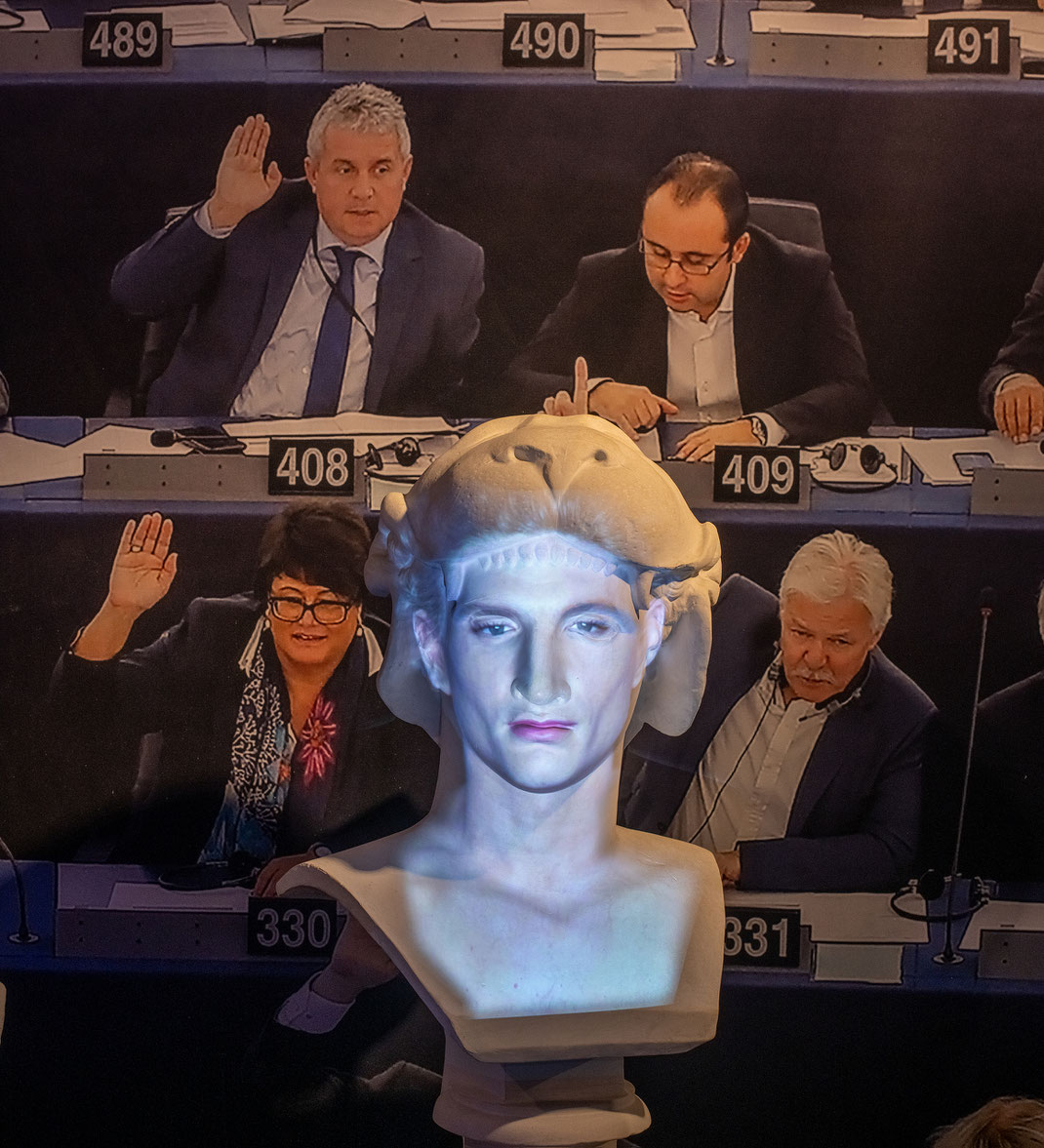
Heracles with a lion's helmet in the European Parliament: Actor Ben Gageik embodies the Greek hero in a debate in the plenary hall of the European Parliament in Strasbourg. His interlocutors are Queen Niobe (Jasmin Kiranoglu), a citizen of Athens (Lisanne Hirzel) and the Roman Emperor Caracalla (Bernhard Schneider). Their exchange of words is composed of a text collage by Franticek Klossner, consisting of quotations from Greek philosophers and the statements of contemporary politicians.

"Apollo Belvedere" in conversation with the exhibition visitors: Digital speech recognition, interactive programming, and dynamic video mapping, enable direct dialogue between the sculpture and the audience. The actor Antonio Ramon Luque gives the Olympic god of light and divination, his voice, expressive facial expressions and a contemporary language. In concise video sequences, Apollo answers the audience's questions and explains his meaning in Greek mythology. He tells of the dramatic escape of his mother Leto and his birth on the floating island of Delos, into which Leto's sister Asteria had transformed herself. He raves about his unrequited love for the mountain nymph Daphne. Mournfully, he tells of his highly gifted son Asclepius, whom the gods had destroyed because of his overly powerful healing powers. He laments the loss of his friends Hyakinthos and Kyparissos, whose death he had to witness. Apollo, the radiant god of light truly carries much darkness and sorrow. So it is not surprising that in the end he implores us with the words of the philosopher Heraclitus: "All men are granted to know themselves and to think intelligently". Gnothi seauton: Know thyself!
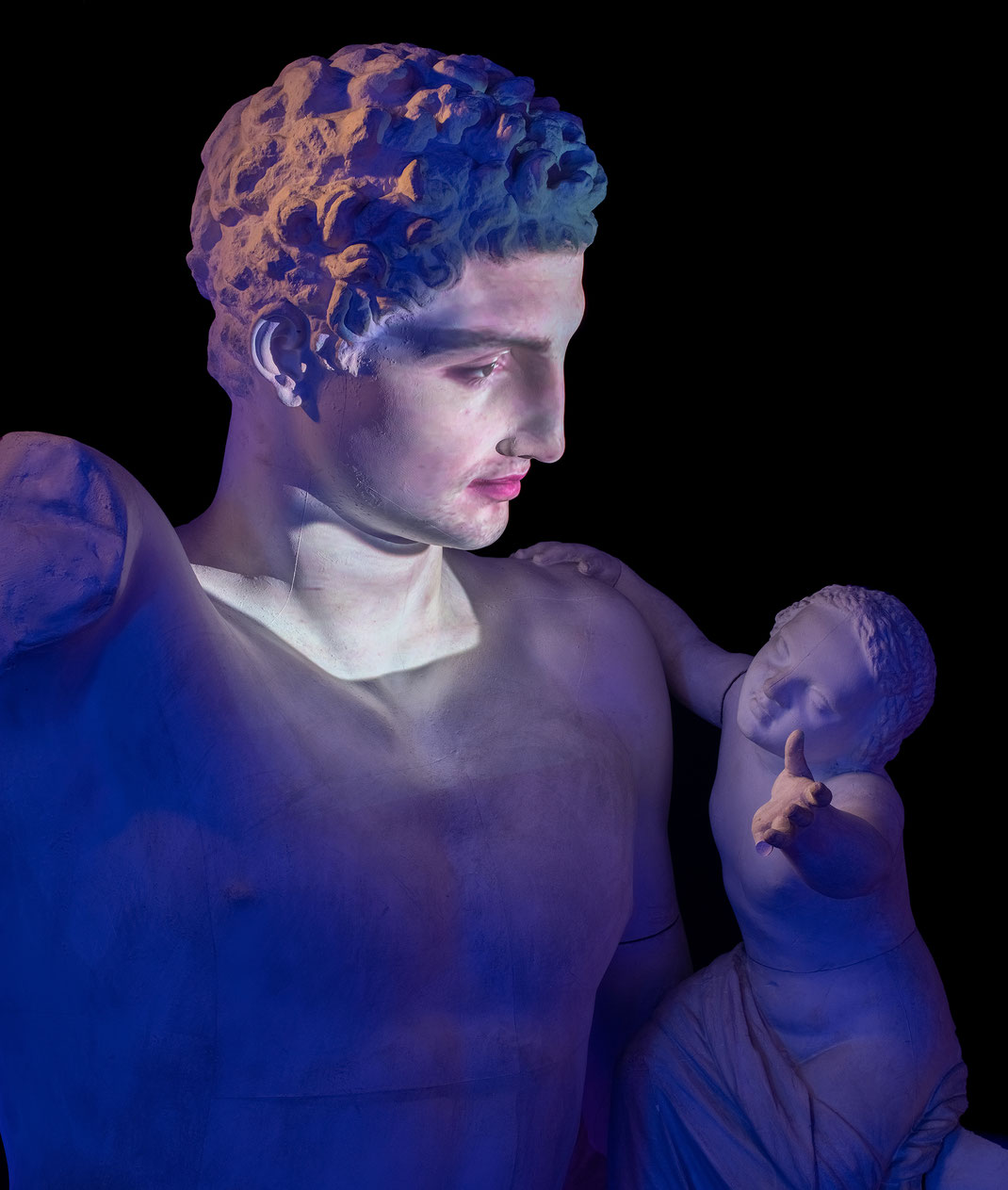
In conversation with "Hermes of Olympia": digital speech recognition, interactive programming and dynamic video mapping, enable direct conversation with the famous sculpture of Praxiteles. Hamburg-based actor Malte Homfeldt gives the messenger of the gods his face, his voice and a contemporary language. Via a microphone, the sculpture can be 'addressed' directly and asked about its history. In concise video sequences Hermes answers the audience's questions and explains his meaning in Greek mythology. In fascinating narratives, he describes the dramatic thigh birth of Dionysus and the equally spectacular head birth of Athena. As a communications expert, however, he also expresses himself in trenchant terms on current topics of digitalization and globalization.
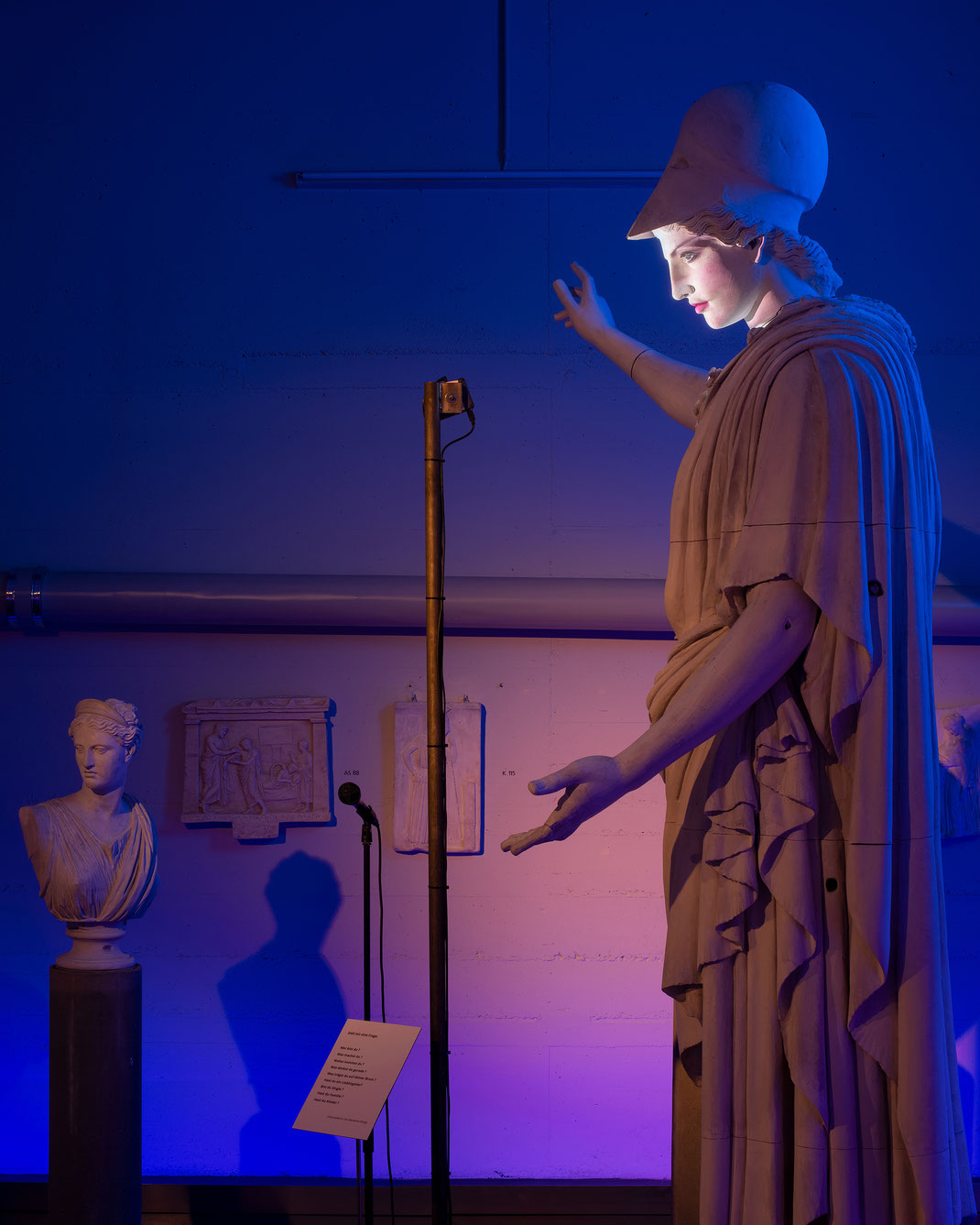
The monumental sculpture "Athena of Velletri" speaks to the exhibition visitors. The interactive implementation with digital speech recognition, allows exhibition visitors to talk directly with the three-meter-high statue. The actress Eva Marianne Berger gives her voice and facial expressions and a contemporary language. In concise video sequences, the goddess of wisdom explains her meaning in Greek mythology and expresses herself in forceful words on current social and political issues of the day. She evokes the importance of democracy, peace-building and education. But she also tells of her formative encounter with the gifted but haughty artist Arachne or of the parentless, earth-born Erichthonios, whom she lovingly raised until he attained royal power over Athens.

In a highly sensual performance, Bremen-born actor Johannes Schumacher awakens the "Barberine Faun," a Hellenistic sculpture of a drowsy satyr believed to have been created around 220 B.C., from its two-thousand-year sleep. Sleepy but highly motivated, the satyr, lasciviously lounging on a rock, tells of his world career as a hotly sought-after work of art on his journey from Greece via Rome to Munich, where he still thrills his fans today in the Glyptothek. Then the satyr ponders and philosophizes with relish about social norms and taboos. He talks about "nudity in art history" and explains the concept of "kalokagathia". With much sensual devotion and pleasure he devotes himself to the topics of gender orientation and eroticism and sexuality in the changing history of our culture and mentality.
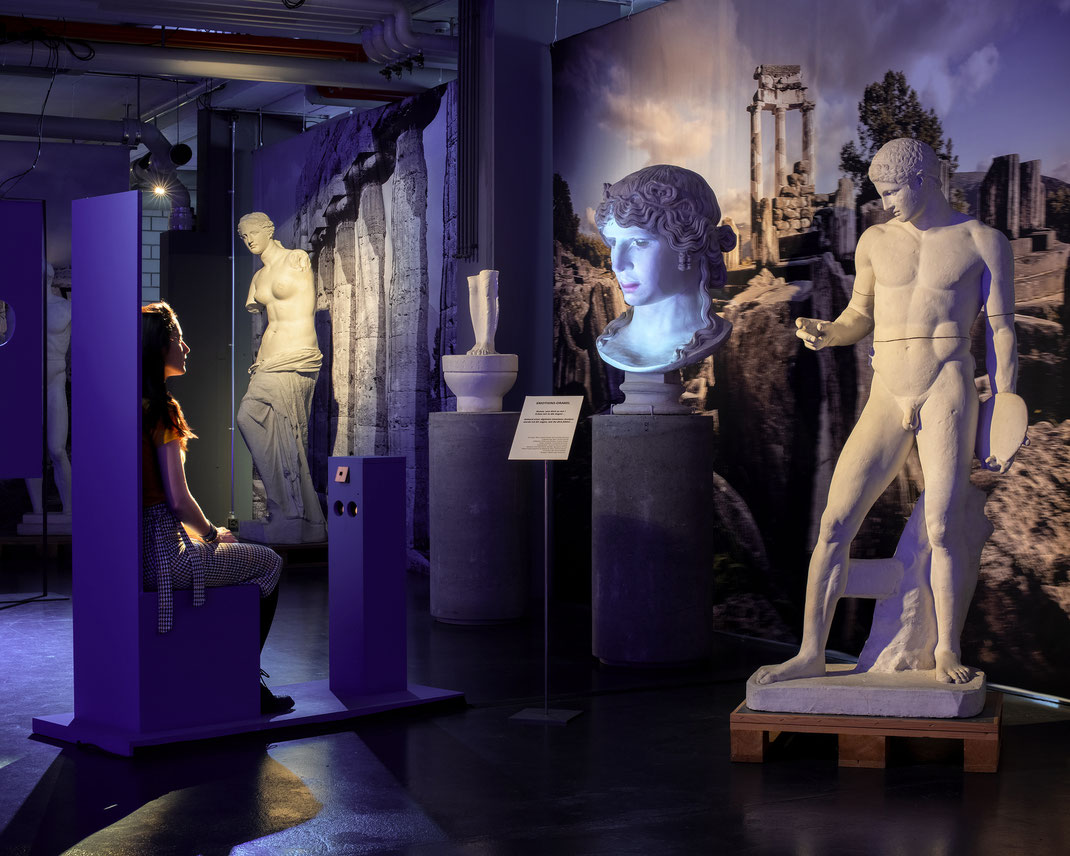
In an interactive video installation on the theme of self-perception and perception of others, which refers to the "Oracle of Delphi", the emotions of the visitors are analyzed and commented on. The talking head of "Antinous Mondragone" announces to the surprised guests how they feel. Their individual moods are elicited, "evaluated" and "interpreted" by means of visual facial expression recognition and digital emotion analysis. The poetic interpretations in the form of enigmatic oracle sayings (texts by Frantiček Klossner) are retrieved specifically for each visitor from a comprehensive video library. The young Swiss actor Antonio Ramón Luque, known from the SRF web series "No. 47", lends his charisma and convincing expression to the digital "emotion oracle".
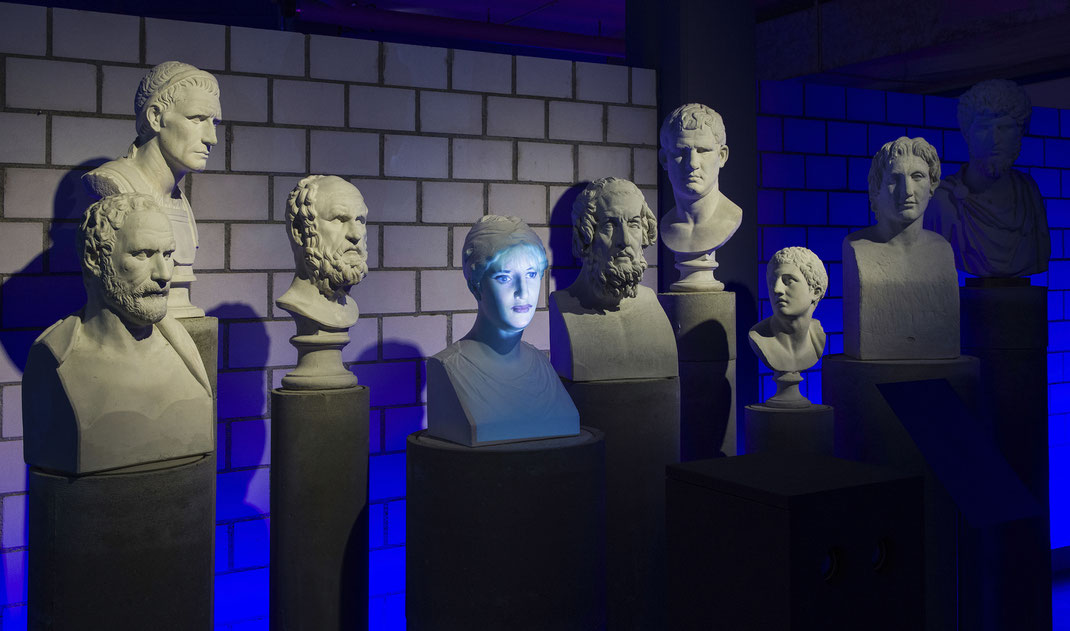
The voice of the present: With a video performance on the history of philosophy and the Enlightenment, Germany's best-known philosopher, best-selling author Dr. Rebekka Reinhard, is also represented in the exhibition. With her performance, she breathes new life into a portrait of the ancient Greek poet "Sappho" and gives her a concise voice of the present. Surrounded by prominent listeners such as Plato, Sophocles and Homer, the philosopher expresses her views on current issues of our time. In committed statements, she discusses central exhibition topics such as diversity and intercultural competence, gender and equality, globalization and digitalization, coming of age and cultural responsibility towards oneself and towards society.
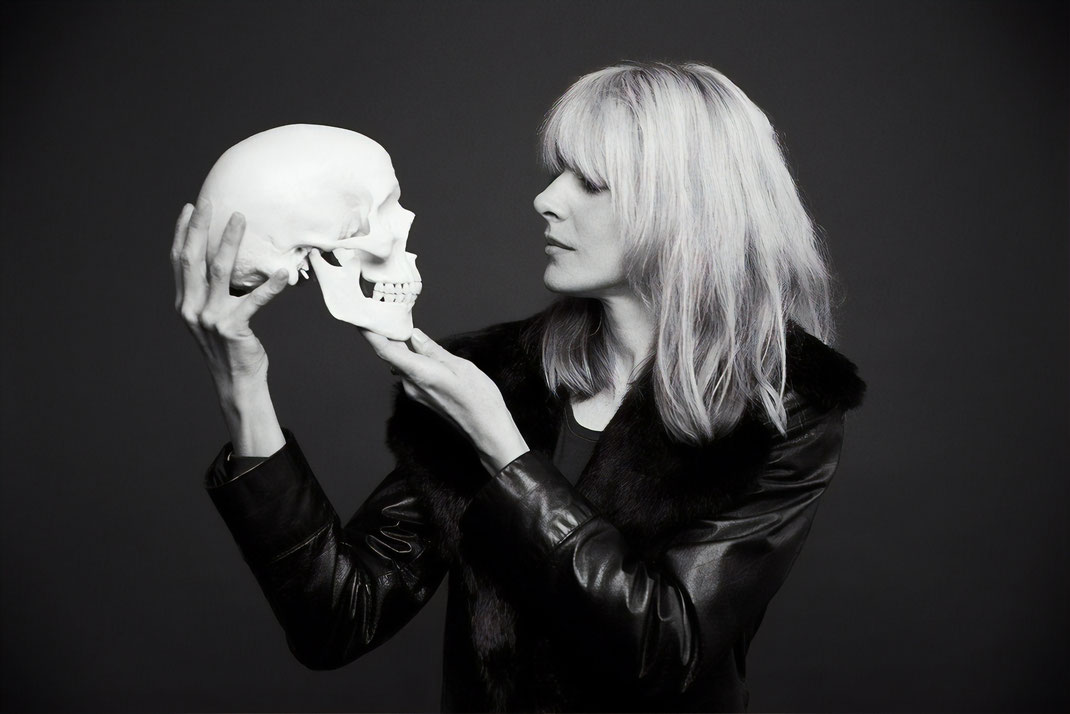
Dr. Rebekka Reinhard is Germany's best-known philosopher. She has been active internationally as a speaker and consultant since 2007. She is deputy editor-in-chief of the philosophy magazine "Hohe Luft - for all who like to think". The book she published in 2009, "The Sense-Diet", became a bestseller and is one of the most successful German-language books in the field of philosophy in recent times. Her subsequent books, "Odysseus or the Art of Erring" (2010) and "Would Plato Wear Prada?" (2011). Her much-discussed work " Philosophy of power (for women only)» was published by Ludwig Verlag in 2015. Rebekka Reinhard says of herself: "I show you what courage, curiosity and authenticity really mean today".

Thanks
The realization of the exhibition was made possible by the support of: Office of Culture of the Canton of Bern, Ernst Göhner Foundation, Hans-Eugen and Margrit Stucki-Liechti Foundation HMSL, Beisheim Foundation, Vinetum Foundation, Burgergemeinde Bern, Ursula Wirz Foundation, Temperatio Foundation, Culture City of Bern, Fondation Johanna Dürmüller-Bol, Carola Ertle and Günther Ketterer. We thank for the kind support.
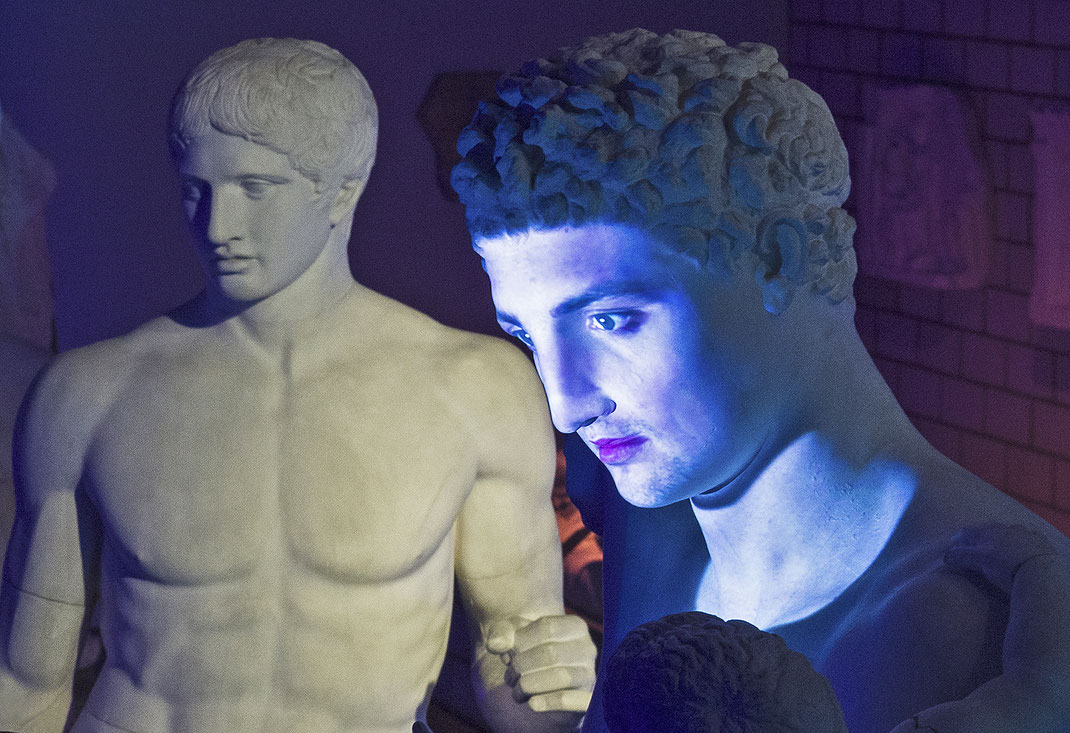
Media Art Association SEHNERV.org
The association contributed significantly to the financial security of the FACING HISTORY exhibition and its realization. Through its broad network, the association promotes the regional, but also the national and international impact of the exhibition. The aim of the association is to make contemporary media art accessible to a broad public at a high level.
